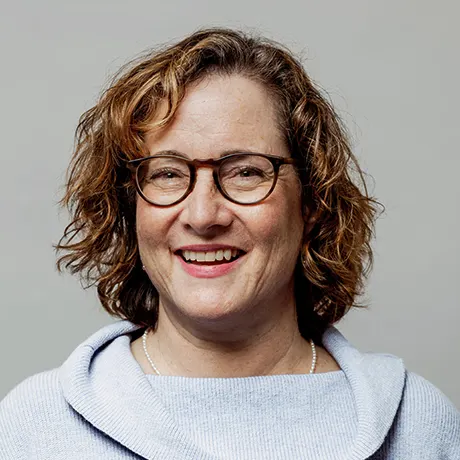What are language disorders?

At a glance
Language disorders make it hard to use and understand spoken language.
They’re not problems with speech or hearing.
There are three different types of language disorders.
Language disorders are a type of communication disorder. People who don’t know the term might think it has to do with speech. But language disorders are about trouble using and understanding spoken language.
Language disorder fact sheetPDF - 27.0 KB
There are three main types of language disorder:
Expressive language disorder: People have trouble getting their message across when they talk. They often struggle to put words together into sentences that make sense.
Receptive language disorder: People struggle to get the meaning of what others are saying. Because of this, they often respond in ways that don’t make sense.
Mixed receptive-expressive language issues: People struggle with both using and understanding language.
Language disorders are often developmental. They start in early childhood and continue into adulthood. But they can also be caused by a brain injury or illness.
Language disorders aren’t a matter of intelligence. People who have them are as smart as other people. But having a language disorder can make it challenging to learn and to connect with other people.
Dive deeper
Signs of language disorders
How language disorders are diagnosed and treated


